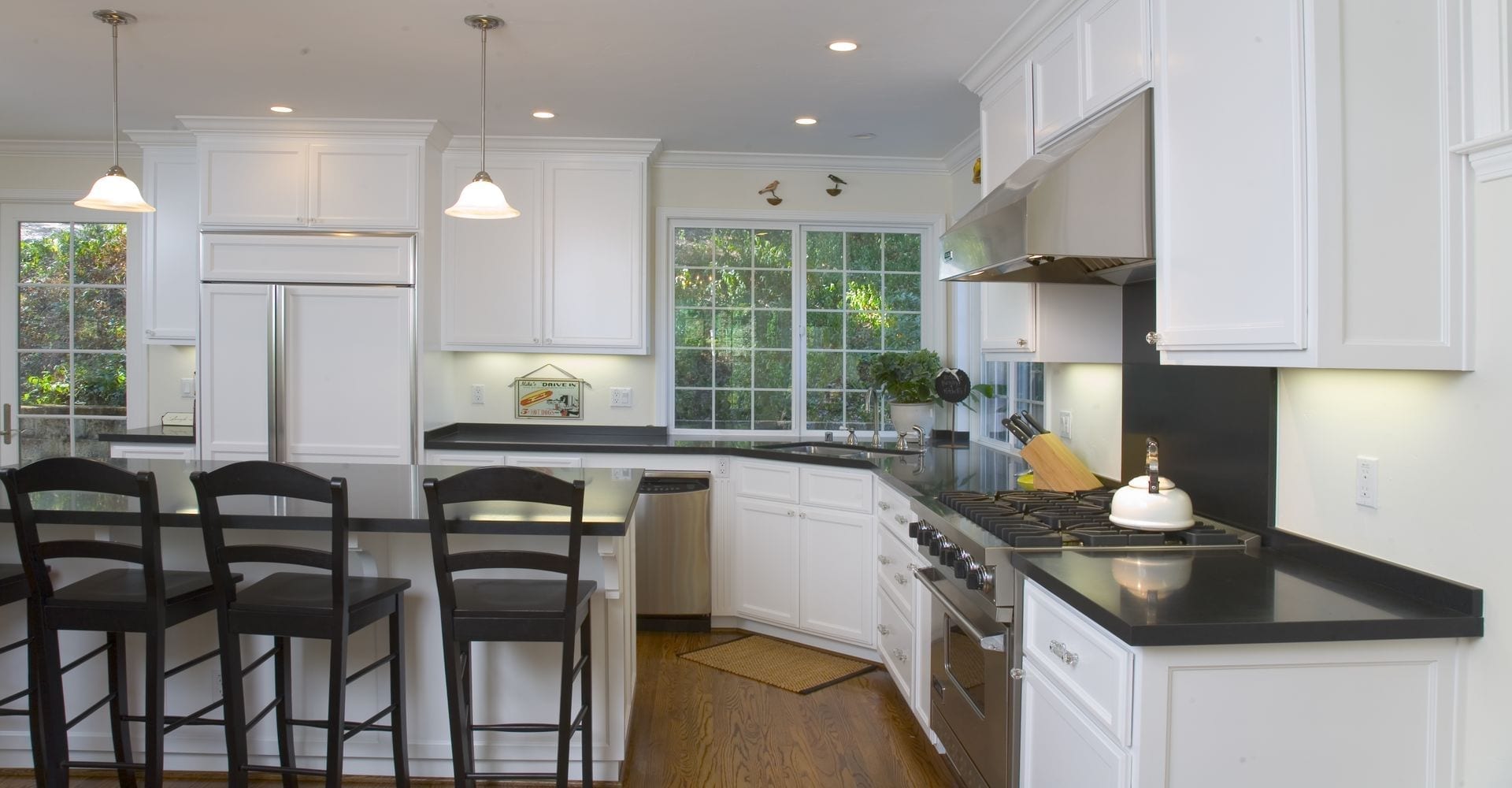
Understanding the Average Cost to Remodel a House
Embarking on a home remodeling journey is an exciting yet daunting task. Whether you’re dreaming of a kitchen overhaul, bathroom upgrade, or a complete home renovation, one of the most pressing concerns is understanding the average cost to remodel a house. Let’s delve into the intricacies and nuances of this financial undertaking.
Factors Influencing Remodel Costs
Before diving headfirst into a remodeling project, it’s crucial to grasp the factors that influence costs. From the size and scope of the renovation to the quality of materials and labor, numerous variables come into play. Structural changes, electrical and plumbing upgrades, as well as the level of customization desired, all contribute to the overall expenses.
The Importance of Budgeting
Budgeting is the cornerstone of any successful remodeling endeavor. Without a clear understanding of your financial limitations and priorities, you risk overspending or compromising on quality. Setting a realistic budget involves thorough research, obtaining multiple quotes from contractors, and prioritizing essential elements of the remodel. Remember, it’s not just about the initial costs but also factoring in potential unexpected expenses.
Navigating Material Costs
Material costs can significantly impact the overall budget of a remodeling project. From flooring and countertops to cabinetry and fixtures, the choices you make dictate the final bill. While opting for high-end materials may elevate the aesthetic appeal of your home, it’s essential to weigh the long-term durability and maintenance costs against your budget constraints. Balancing quality and affordability is key to a successful remodel.
Labor Costs and Contractor Fees
Hiring skilled professionals for your remodeling project comes with its own set of expenses. Labor costs and contractor fees vary depending on factors such as the complexity of the job, local market rates, and the reputation of the contractor. It’s advisable to solicit bids from multiple contractors, ensuring they provide detailed estimates that include labor, materials, and any additional fees. Remember, selecting the cheapest option isn’t always the wisest choice; prioritize reliability and expertise.
Unforeseen Expenses and Contingency Planning
No matter how meticulously you plan your remodeling budget, unforeseen expenses are bound to arise. Whether it’s structural issues discovered during demolition or unexpected permit fees, having a contingency fund is imperative. Experts recommend setting aside at least 10-20% of your total budget for contingencies, providing a buffer for any surprises along the way. A proactive approach to budgeting can alleviate stress and ensure your project stays on track.
DIY vs. Professional Remodeling
The age-old debate between DIY and professional remodeling continues to divide homeowners. While tackling certain projects yourself can save money upfront, it’s essential to assess your skills, time, and resources realistically. Complex renovations involving structural changes or electrical and plumbing work are best left to professionals to avoid costly mistakes and ensure compliance with building codes. However, smaller, cosmetic upgrades may be suitable for DIY enthusiasts with the necessary expertise.
Maximizing ROI and Long-Term Value
Beyond the immediate gratification of a beautifully remodeled home, it’s essential to consider the long-term return on investment (ROI) and overall value added to your property. Certain renovations, such as kitchen and bathroom remodels, typically yield higher ROIs compared to more niche projects. Additionally, prioritizing energy-efficient upgrades and sustainable materials not only reduces utility costs but also enhances the marketability and appeal of your home in the future.
Planning for the Future
As you embark on your remodeling journey, remember that careful planning and budgeting are the keys to success. By understanding the average cost to remodel a house and addressing the various factors that influence expenses, you can embark on your project with confidence and clarity. From setting realistic budgets and navigating material costs to maximizing ROI and planning for unforeseen expenses, strategic decision-making ensures a smooth and successful remodeling experience. Read more about average cost to remodel a house
